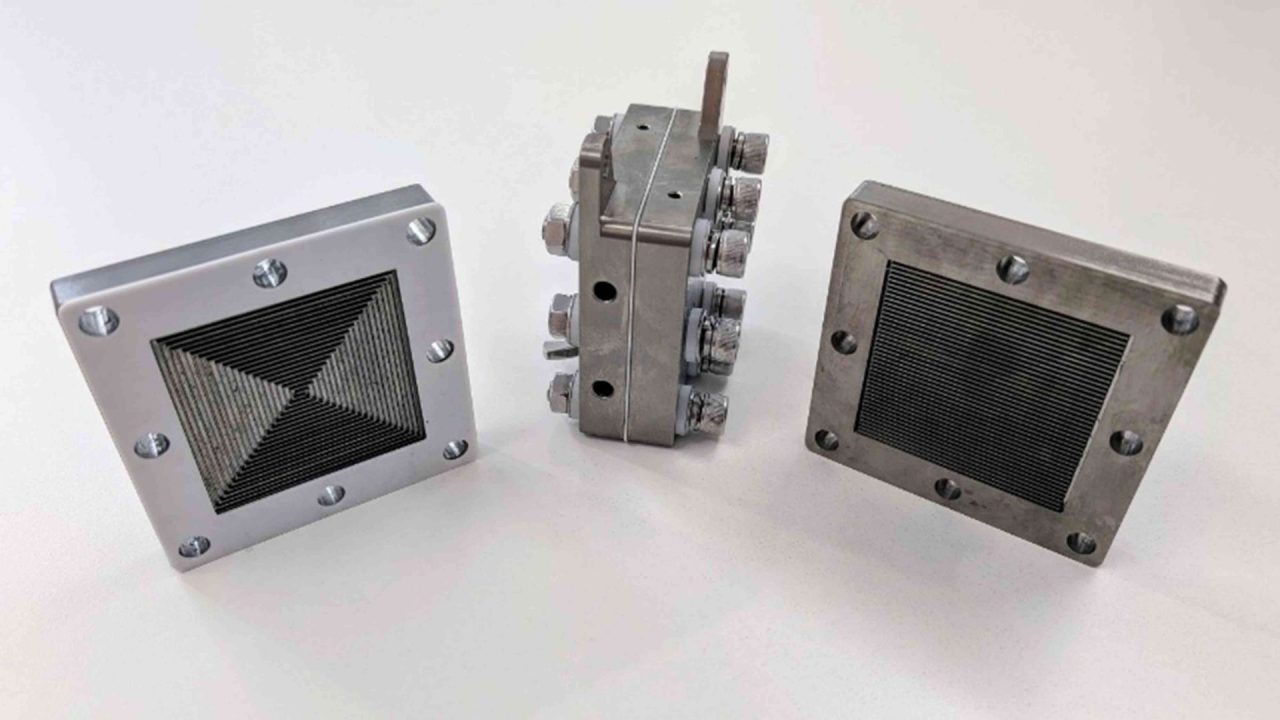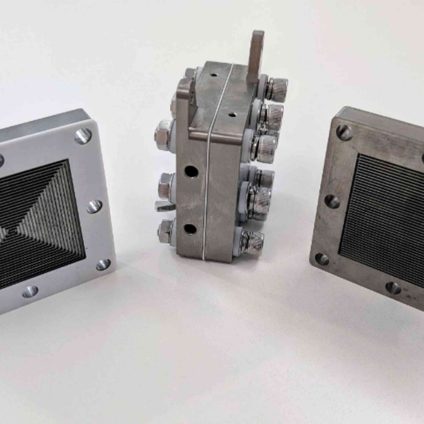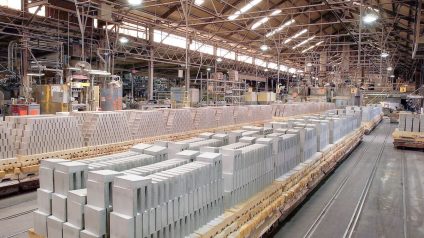A process combining high-energy plasma and electrolysis developed to produce NH₃ directly from air

Turning air into ammonia with zero fossil fuels
Ammonia is a key ingredient in fertilizers, but its role extends to plastics, explosives, synthetic fibers, and, increasingly, as a fuel for the energy transition. Global demand for ammonia (NH₃) is expected to rise, but only if its carbon footprint can be reduced. One promising alternative is producing ammonia from air through a process that mimics lightning.
It may sound improbable, but this method has been tested and refined by researchers at the University of Sydney in Australia. The team developed a way to generate gaseous NH₃ using plasma energy, a simpler approach than today’s industrial process, with far lower climate impact.
How ammonia is produced today
“Industry demand for ammonia continues to grow. Over the last decade, the global scientific community, including our lab, has worked to discover a more sustainable way to produce ammonia without relying on fossil fuels,” explained lead researcher Professor PJ Cullen of the School of Chemical and Biomolecular Engineering.
Today’s ammonia production relies heavily on fossil fuels and accounts for about 2% of total global energy consumption. The main technique used is the Haber-Bosch process, which synthesizes NH₃ by reacting atmospheric nitrogen with hydrogen under high temperatures and pressures. Nitrogen is extracted from air through fractional distillation, where air is liquefied by cooling it below -200°C and filtered to remove carbon, oxygen, and trace gases.
The energy impact of ammonia production
The hydrogen source also plays a major role in energy use. Around 70% of industrial plants obtain hydrogen via steam methane reforming, while most of the rest use coal gasification. Only a small share currently uses green hydrogen, produced through water electrolysis. Unsurprisingly, this makes ammonia one of the most emission-intensive sectors.
According to estimates by the International Energy Agency (IEA), direct emissions from ammonia production currently amount to 450 million tons of CO₂, “a footprint equal to the entire energy system emissions of South Africa,” notes the IEA.
A new approach to making ammonia
The Australian university’s work aims to simplify the entire process by enabling ammonia production directly from air. “In this research, we successfully developed a method to convert air into gaseous ammonia using electricity, marking a major step forward in achieving our goals.”
The team’s method uses high-energy plasma, applying electricity to excite nitrogen and oxygen molecules in the air. These energized molecules are then directed into a membrane-based electrolyzer, along with water, to generate gaseous ammonia. The process reaches a remarkable ammonia production rate of 628 nmol/s per cm², with nearly 100% faradaic efficiency.
Professor Cullen stated that these results mark a new phase in green ammonia production. The team is now working to make the method more energy efficient and competitive with the Haber-Bosch process. Their findings were published in Angewandte Chemie International Edition.












